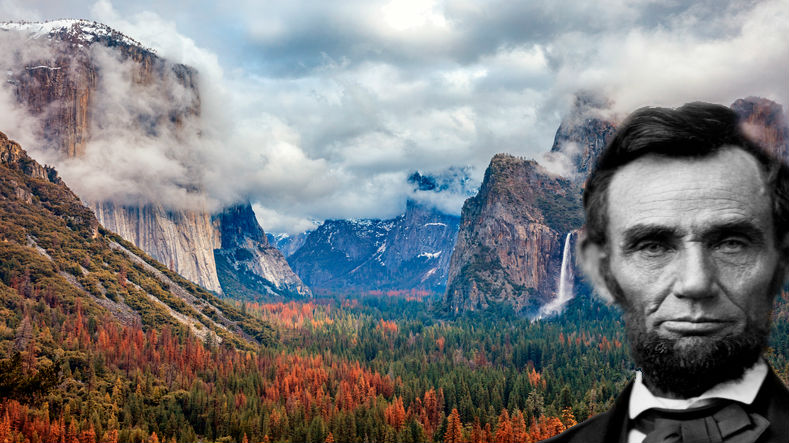In 1864, as the Civil War raged across the divided states, President Abraham Lincoln took time away from military matters long enough to sign a two-paragraph bill that would change the course of American landscape forever. The Yosemite Land Grant was the first ever to set aside land for preservation and the public’s enjoyment. It set the precedent for the creation of Yellowstone as the nation’s first national park in 1872.
Yosemite National Park, which today encompasses 1,169 square miles of land in the Sierra Nevada region of California, includes natural wonders like the granite formations of Half Dome and El Capitan, cascading waterfalls, clear waters, lakes, meadows, glaciers, and the giant sequoias in Mariposa Big Tree Grove in southernmost part of the park. The Land Grant that Lincoln signed on June 30, 1864, gave California the right and responsibility to manage the area “upon the express conditions that the premises shall be held for public use, resort, and recreation [and] shall be inalienable for all time.”
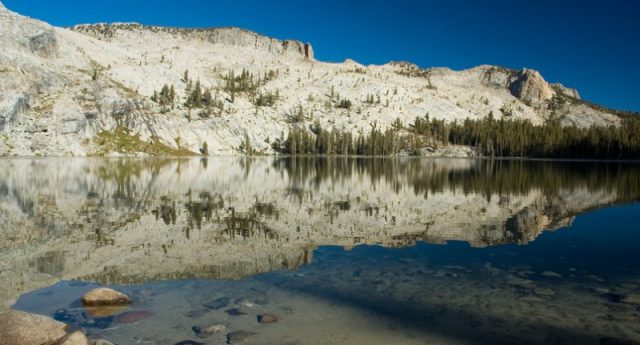
Native Americans had inhabited the land until the California Gold Rush of 1849 brought thousands of disruptive European-American miners, settlers, entrepreneurs, and the U.S. Army to the area. Yosemite means “killer” in Miwok and refers to a tribe driven out in the 1850s by the Army under the direction of Major Jim Savage.
In 1861, a failed gold miner-turned-outdoor photographer named Carleton Watkins traveled to Yosemite and the Mariposa Grove with a dozen mules to transport a revolutionary camera that produced 18 by 22-inch plate glass negatives, a tripod, chemicals, and a tent to be used as a mobile dark room.
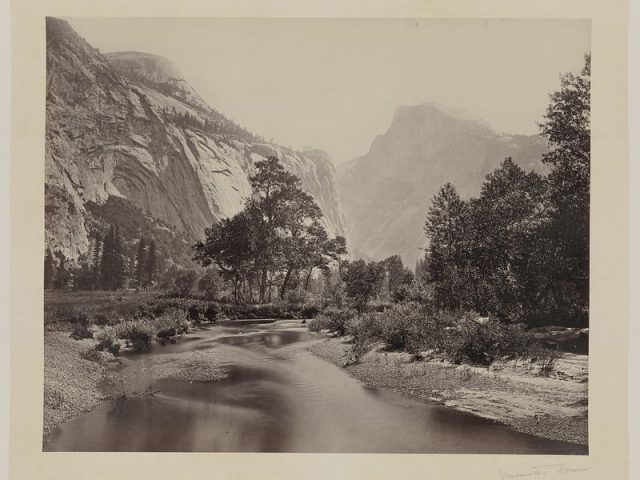
Watkins came back from his trip with 30 plates and 100 negatives. His beautiful iconic photos inspired newspaper articles that caught the eye of a California Senator, who introduced the Yosemite Grant Act to Congress. “The Mariposa Big Tree Grove is really the wonder of the world,” Republican Senator John Conness told his colleagues, according to the San Francisco Chronicle. Conness went on to assure his colleagues that the land was too remote for farming or lumber mills, so there was not financial incentive to keep it open for commercial enterprise.
Lincoln’s Yosemite Grant Act is widely seen as the birth of America’s national park system.
“It was such a unique concept for the time,” Yosemite’s public affairs officer Scott Gediman told the San Francisco Chronicle. “It was truly the birth of the national parks idea —the first time land had been set aside, not just for preservation, but for all of the people.”
Mariposa Grove is a 250-acre stand of nearly 500 sequoias in the southern part of the park, and one of its most popular tourist destinations. To say that the trees are massive is an understatement: The world’s largest trees, they soar nearly 300 feet; some have a circumference of nearly 90 feet around. They have stood there for more than 2,000 years.
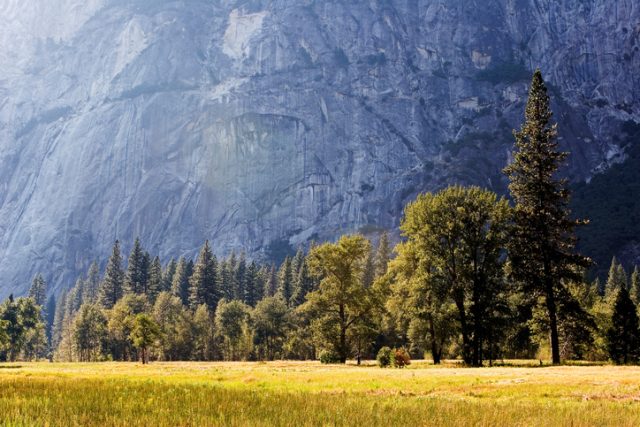
But setting aside the park and the trees for public pleasure put pressure on the grove. Early promoters carved tunnels in the base of some of the trees. The nearly 230-foot Wawona Tree, in which a tunnel had been carved in 1881, fell in 1969. In 1895, a passage was carved in the base of the so-called California Tunnel Tree for stage-coach riders. That tree still stands, and visitors are allowed to walk through the tunnel. A paved parking lot stressed on the trees’ root systems and deprived them of the natural flow of water. Management of the land was turned over to the federal government in 1890, when Yosemite National Park was established.
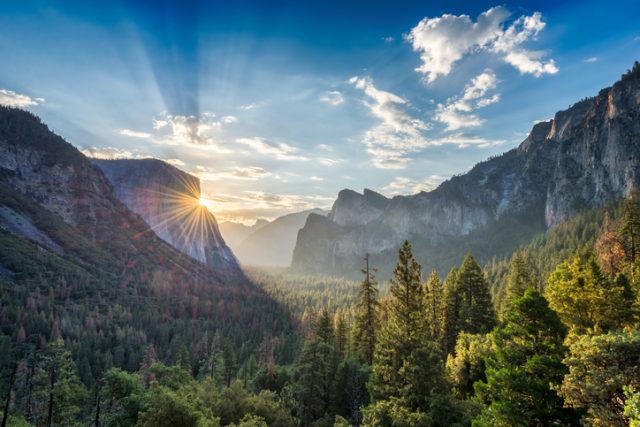
Lincoln never visited Yosemite, but other presidents have. In 1903, Theodore Roosevelt rode on horseback into the Yosemite Valley and camped for three nights under the stars in the park with naturalist John Muir. His visit led to an expansion of the park, helping to put more acres into the National Park system and to establish Roosevelt’s legacy as a conservationist.
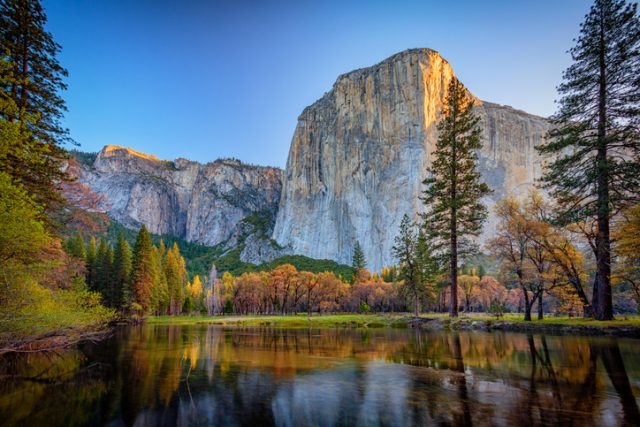
“Friends, I know I was a good American before I came to the Golden West, but now I am a better American than I ever was before,” Roosevelt said on May 18, 1903, to a small crowd in Modesto, California, after his camping trip, according to the Modesto Bee. “I have seen the wonders of the Yosemite, I have traveled the whole length of your beautiful San Joaquin Valley.”
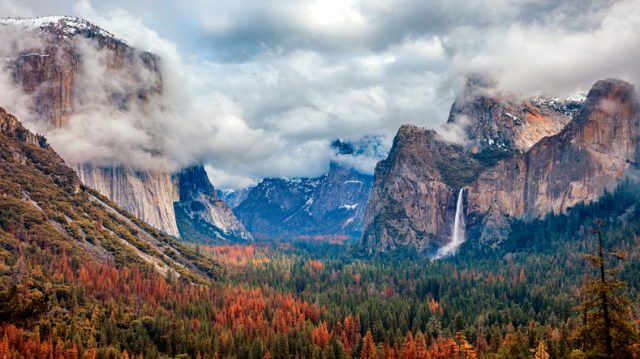
Other sitting presidents who have toured Yosemite National Park include William Howard Taft, who visited in 1909; Franklin D. Roosevelt, who was there in 1938; John F. Kennedy, in 1962; and Barack Obama on a family vacation in 2016.
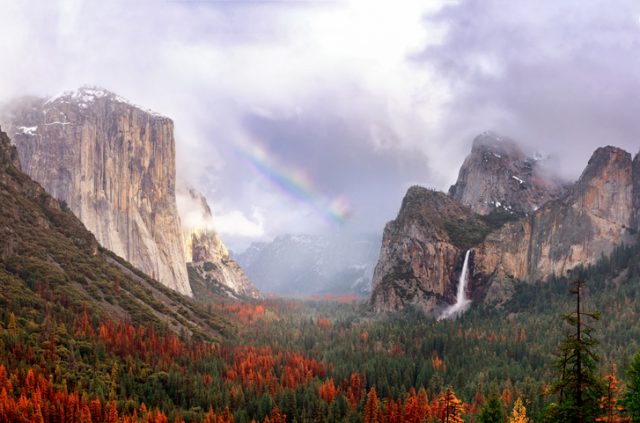
The legendary photographer Ansel Adams immortalized the natural wonders of Yosemite with his majestic black-and-white photos of the park, in which he lived for a few years. Today, the park sees more than 4 million visitors annually, making it the fifth most visited national nark in the U.S.
The Mariposa Grove has been closed for nearly three years for an extensive renovation project meant to re-create the vibe of the grove as it was back in Lincoln’s day, while still making it accessible to modern-day visitors. A paved parking lot, tram road, and gift shop were ripped out and replaced with natural vegetation. Roads were turned into hiking trails and a boardwalk was installed over sensitive wetlands. It is set to re-open in June, more than 150 years after Lincoln signed the park into law.
E.L. Hamilton has written about pop culture for a variety of magazines and newspapers, including Rolling Stone, Seventeen, Cosmopolitan, the New York Post and the New York Daily News. She lives in central New Jersey, just west of New York City
